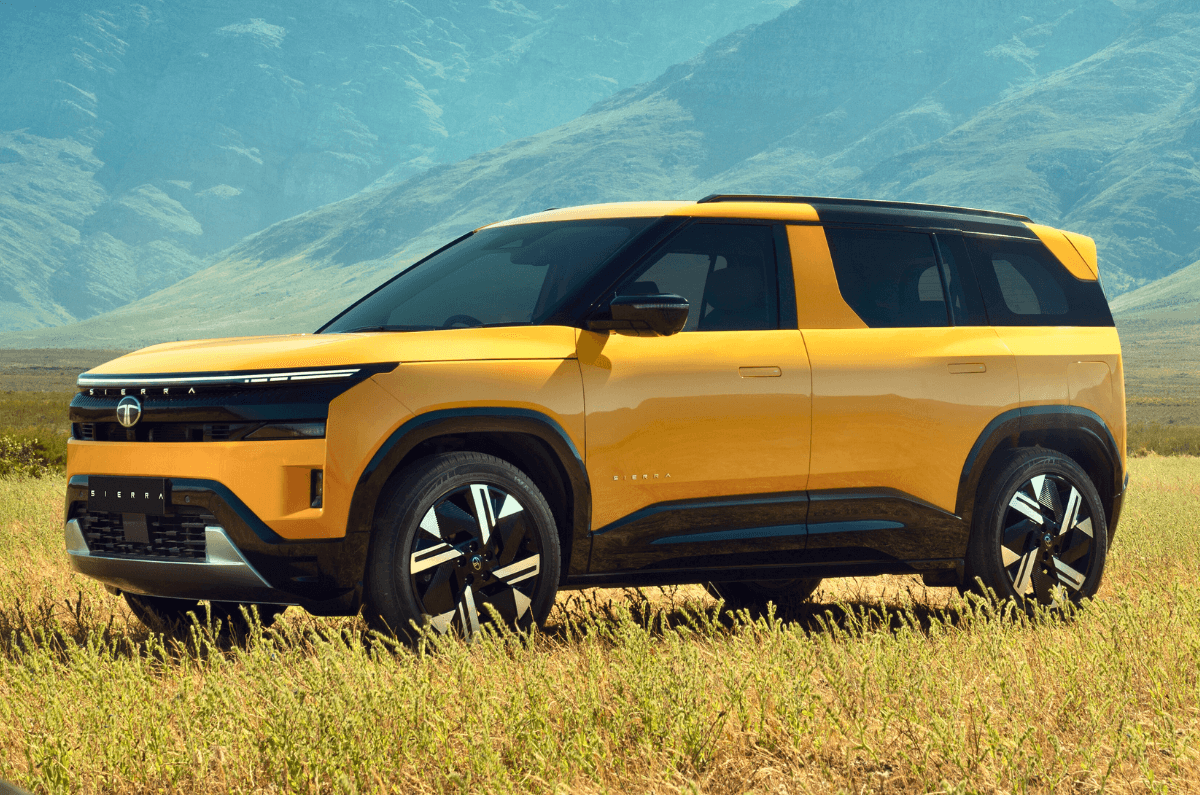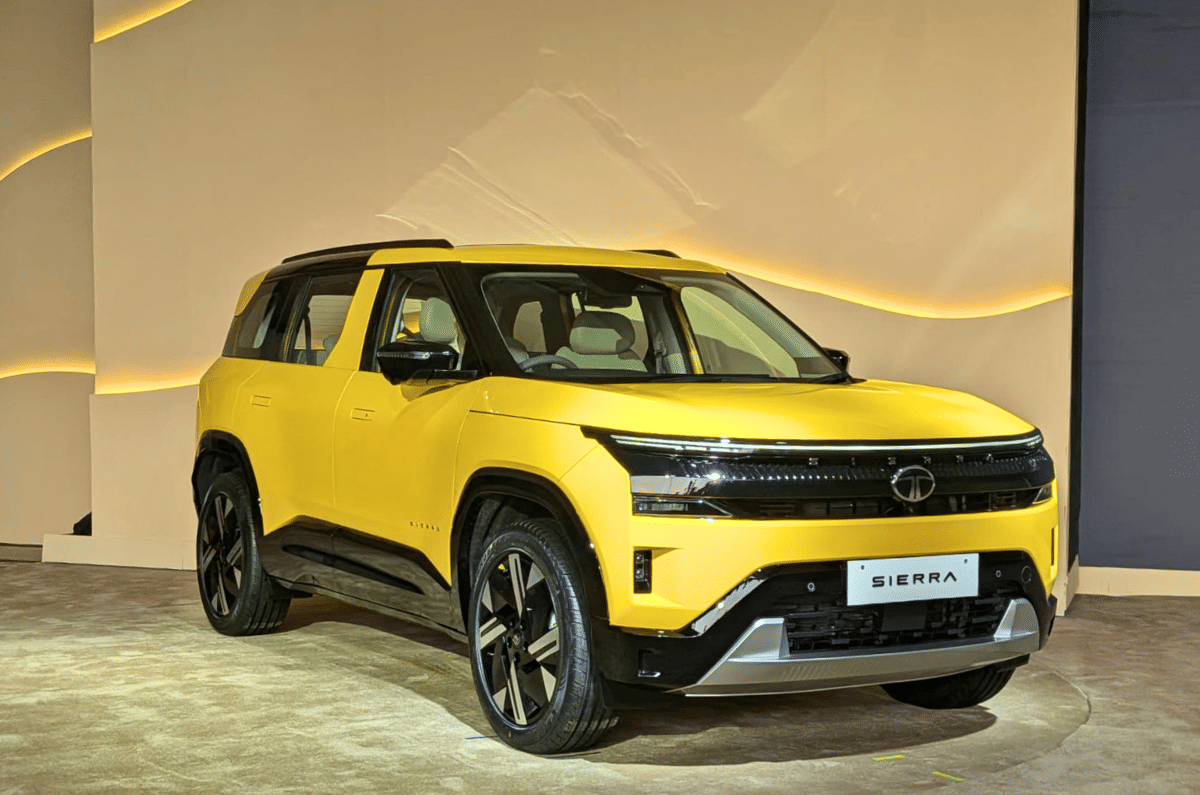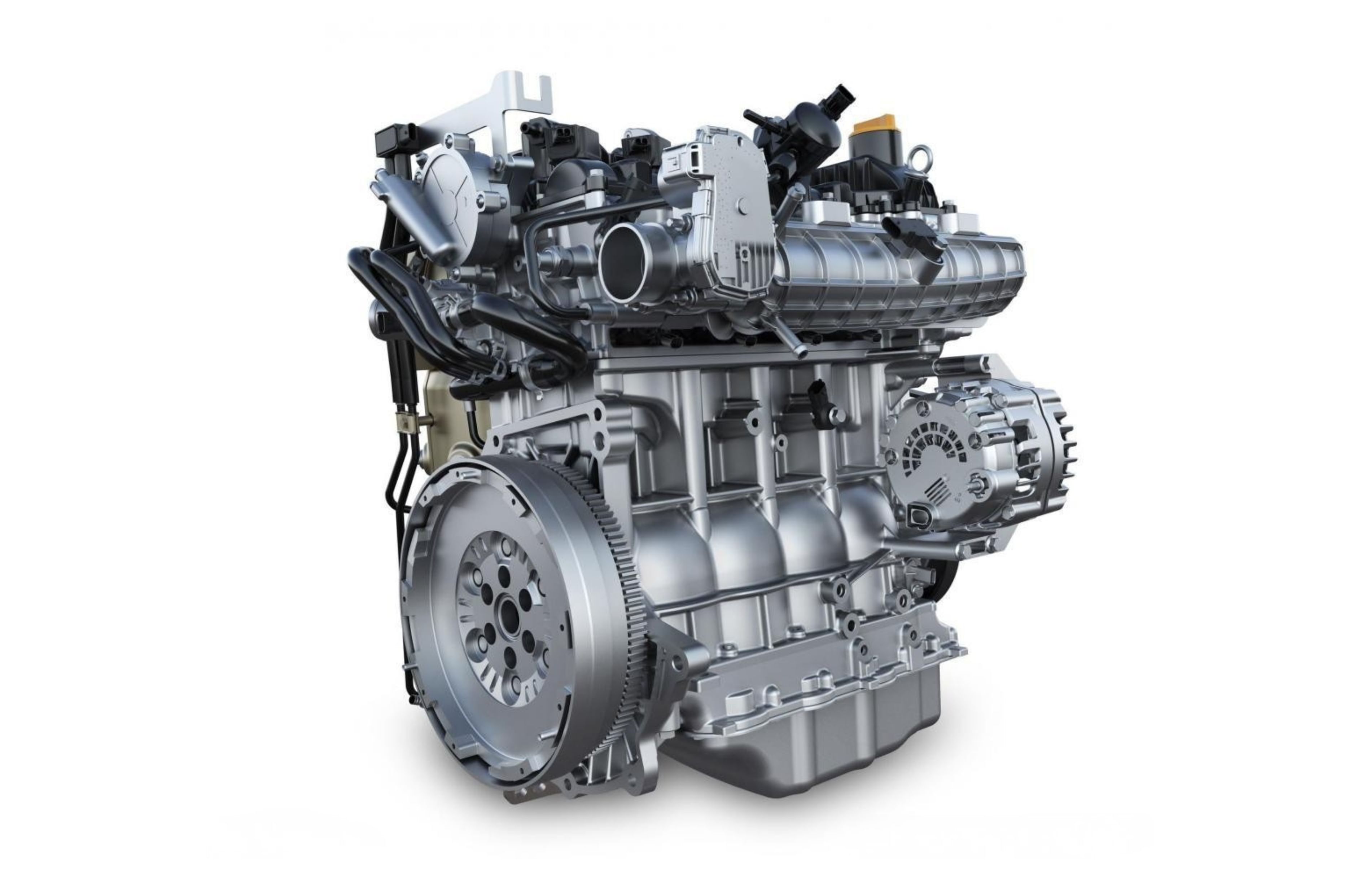
After a run of teasers, Tata recently unveiled the production-spec 2025 Sierra’s exterior and interior, a little over a week before its November 25 launch. While Tata has not disclosed the dimensions of the Sierra, it’s expected to measure around 4.3 metres in length and be positioned above the Curvv coupe-SUV (also over 4.3 metres long) in the carmaker’s line-up.
This means that the new Sierra will enter the hotly contested midsize SUV segment, which includes the Hyundai Creta, Maruti Grand Vitara and Victoris, Toyota Hyryder, Kia Seltos and Honda Elevate. The Volkswagen Taigun, Skoda Kushaq, MG Astor and Citroen Aircross X are also among rivals, with the Basalt being a coupe-SUV alternative.
New Tata Sierra features vs rivals
Up to 19-inch wheels, flush-type door handles

The latest Tata car will be equipped with goodies like connected DRLs at the front and rear, LED headlights and fog lamps, gloss-black body cladding all around, panoramic sunroof, flush-type door handles and a powered tailgate, only some of which are offered in this segment. Also, up to 19-inch wheel options will be available, the largest in this segment.

When it comes to the Sierra’s interior, not a lot has been carried over from other stablemates, save for bits like a four-spoke steering wheel with an illuminated Tata logo and the touch-plus-toggle climate control setup. The main talking point is the segment-first three-screen setup: one for instrumentation and two for infotainment. Dolby Atmos is another such feature that none of Sierra’s rivals offers, apart from the Victoris.

All seats at the back come with headrests and can be adjusted for recline. Rear passenger comfort is enhanced by window sunshades, a less pronounced floor hump in the centre, and Boss mode functionality for the front passenger seat; the latter feature is only offered in the top-spec Creta King variants.
On the safety front, six airbags (as standard), ABS with EBD and Level 2 ADAS (with lane-keep assist, rear cross-traffic alert, etc.), along with a high Bharat NCAP crash test score, are most likely. Hill-hold assist and a 360-degree camera setup will also be part of the upcoming Sierra’s safety package.
New Tata Sierra engine options vs rivals
1.5L NA petrol, direct-injection turbo-petrol and diesel
The Sierra will debut Tata’s new direct-injection 1.5-litre turbo-petrol engine, which was first showcased at the 2023 Auto Expo, with expected outputs of around 170hp and 280Nm. If those numbers hold, the Tata Sierra would be the most powerful SUV in its class, and it would also generate the highest torque, edging out the Creta, Seltos, Kushaq and Taigun, all of which use 1.5-litre direct-injection turbo-petrol engines.

Tata’s new 1.5L TGDI motor.
As reported earlier, a naturally aspirated derivative of Tata’s TGDI engine, with relatively less outputs of 120hp and 140Nm (expected), will be offered with the entry-level Sierra variants, which should help Tata in pricing the new SUV aggressively. The entry-level variants of the Hyundai and Kia SUVs, and all Astor variants, come with 1.5-litre naturally aspirated engines, while the Skoda and VW models begin with a 1-litre direct-injection turbo-petrol unit, something that none of the others offer. The Citroen Aircross X and Basalt offer 1.2-litre naturally aspirated and turbo-petrol engine choices.
On the other hand, the Maruti Grand Vitara, Victoris and Toyota Hyryder skip a turbo-petrol engine option entirely, but stand out with their 1.5-litre mild-hybrid and strong-hybrid powertrains, along with a factory-fitted CNG system. Notably, Tata is evaluating CNG and strong-hybrid options for models over four metres, and the Sierra might be in line for those powertrains.
Unlike the Sierra’s all-new petrol engines, its diesel engine is likely to be carried over from the Curvv. That would place the Sierra, along with the Curvv, Creta and Seltos, in the limited set of midsize SUVs that still offer a diesel powertrain.
Also see:

